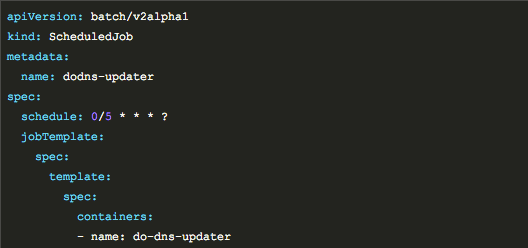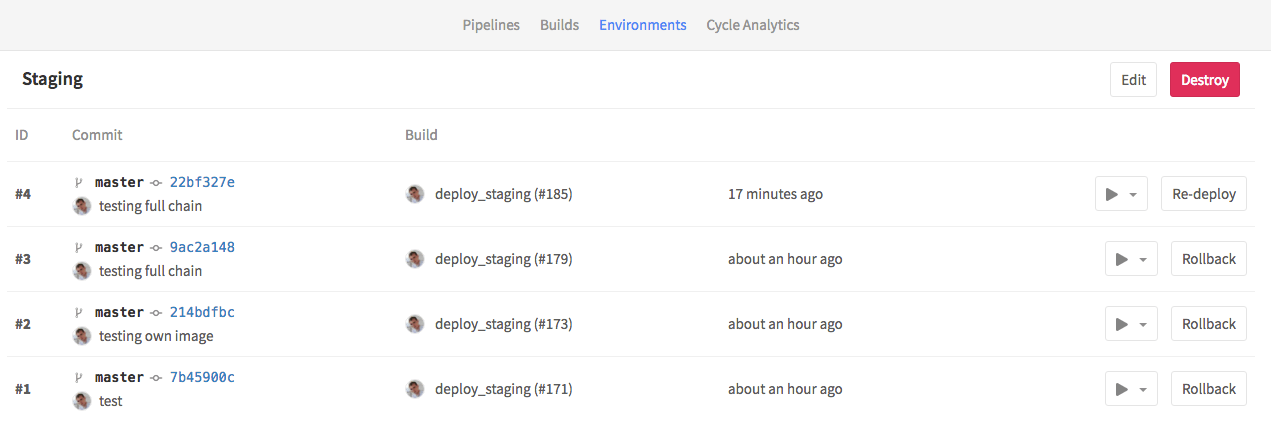devops

This post will show how to build Golang docker containers using Gitlab-CI. It’s the sequel of my previous posts about building and optimizing docker containers.
I’ve written a small microservice in Golang, and I needed to configure my GitLab to auto build it. It uses Glide as a package manager for Go.
My directory tree for this project looks like this:
> $ tree ├── Dockerfile ├── build_base.sh ├── glide.

Serverless or Function as a Service What is Serverless/FaaS? Serverless is a new paradigm in computing that enables simplicity, efficiency and scalability for both developers and operators.
For a long time, there was only one FaaS implementation available for Kubernetes - Funktion. Which I found a bit complicated and tightly coupled with the fabric8 platform. They claim to support functions in any language, but I found only java and nodejs examples in the repo.

In one of the previous posts, I described the way I’m using GitLab to build and test images. Despite the fact that it’s pretty simple configuration and actual tests are run for less than a minute, complete pipeline takes around 20 minutes. Which seems very unreasonable. I spent some time digging out the problem and was able to reduce build time to around 3 minutes.
Here are few things, that should be considered to optimize pipeline.

DynDNS is annoying/expensive I’m using different DynDNS services at home for the last few years. It’s easy to use, comes preinstalled on most of the routers. The only annoyance is the need to confirm each of your hosts every 30 days And it’s fine because you do not pay anything.
Recently, I wanted to attach proper domain to my home server to be able to access my Kubernetes from the outside.

In my previous posts I described how to deploy GitLab to Kubernetes and configure GitLab-CI to build and test docker containers. In this one, I’m going to write about continues deployments. I assume that you already have Kubernetes cluster and application running, and you have some manual way of deploying your application to it. So I will not touch the basics of writing Kubernetes manifests. But I will briefly describe my own scripts and show how I configured GitLab-CI to automate deployment.





